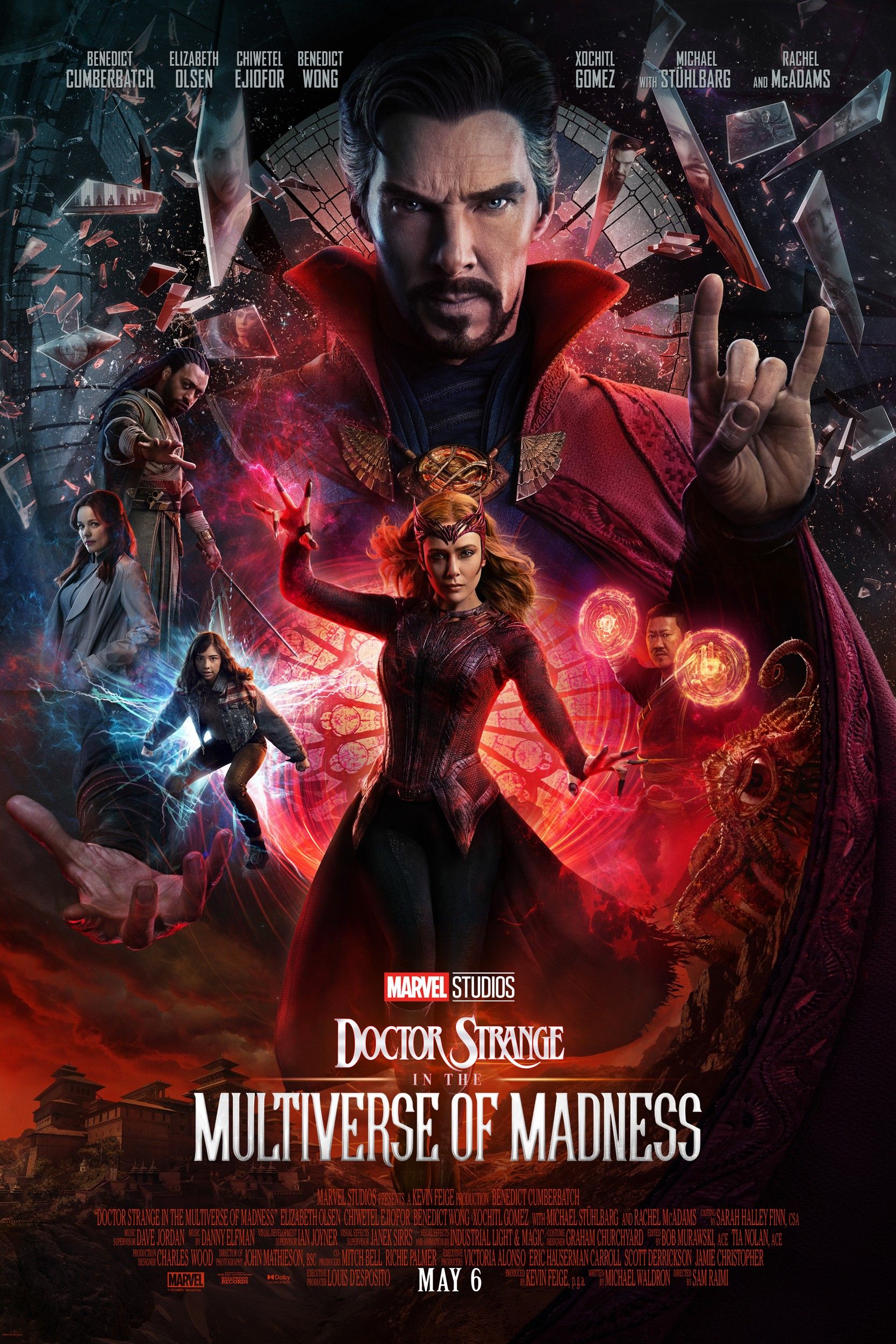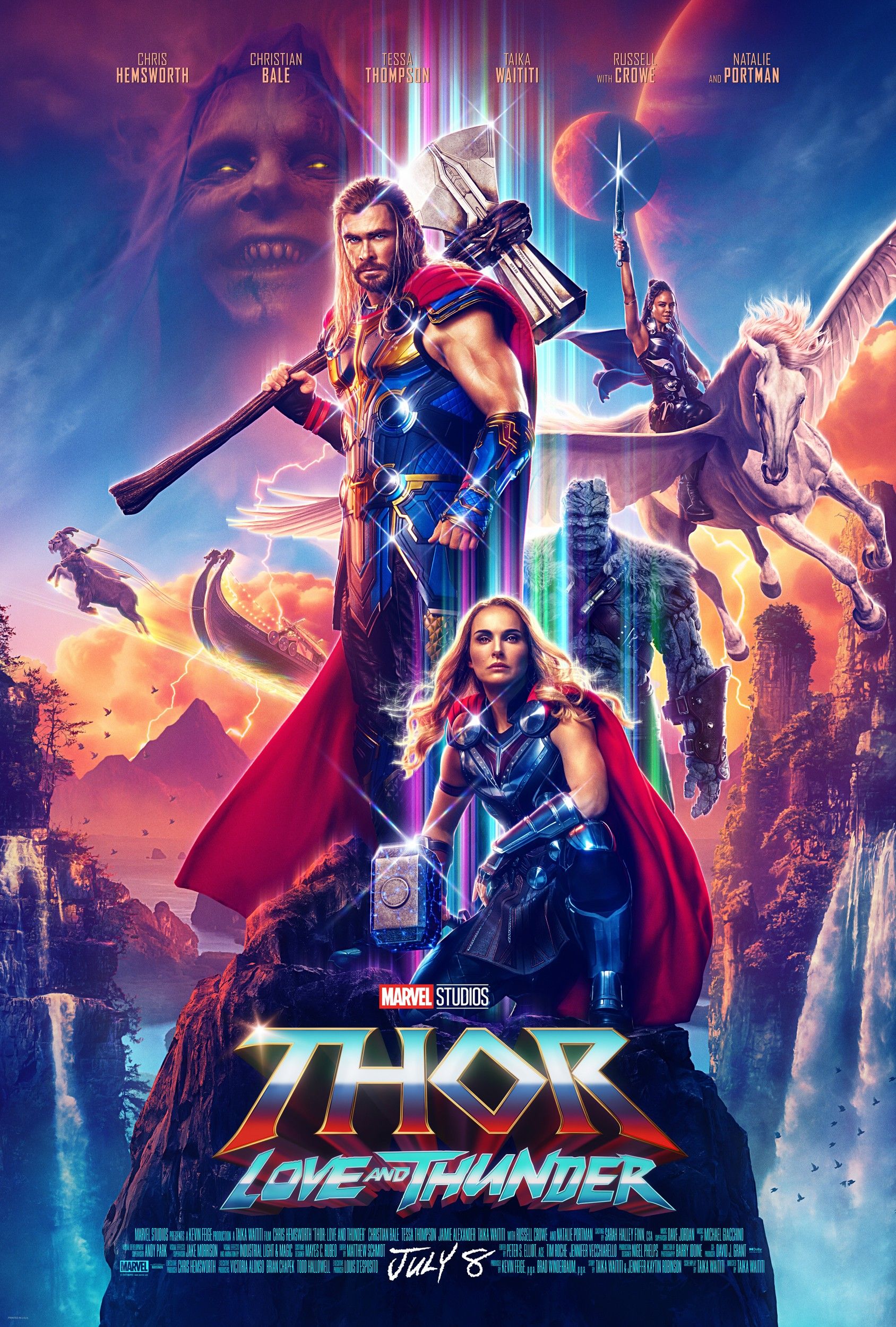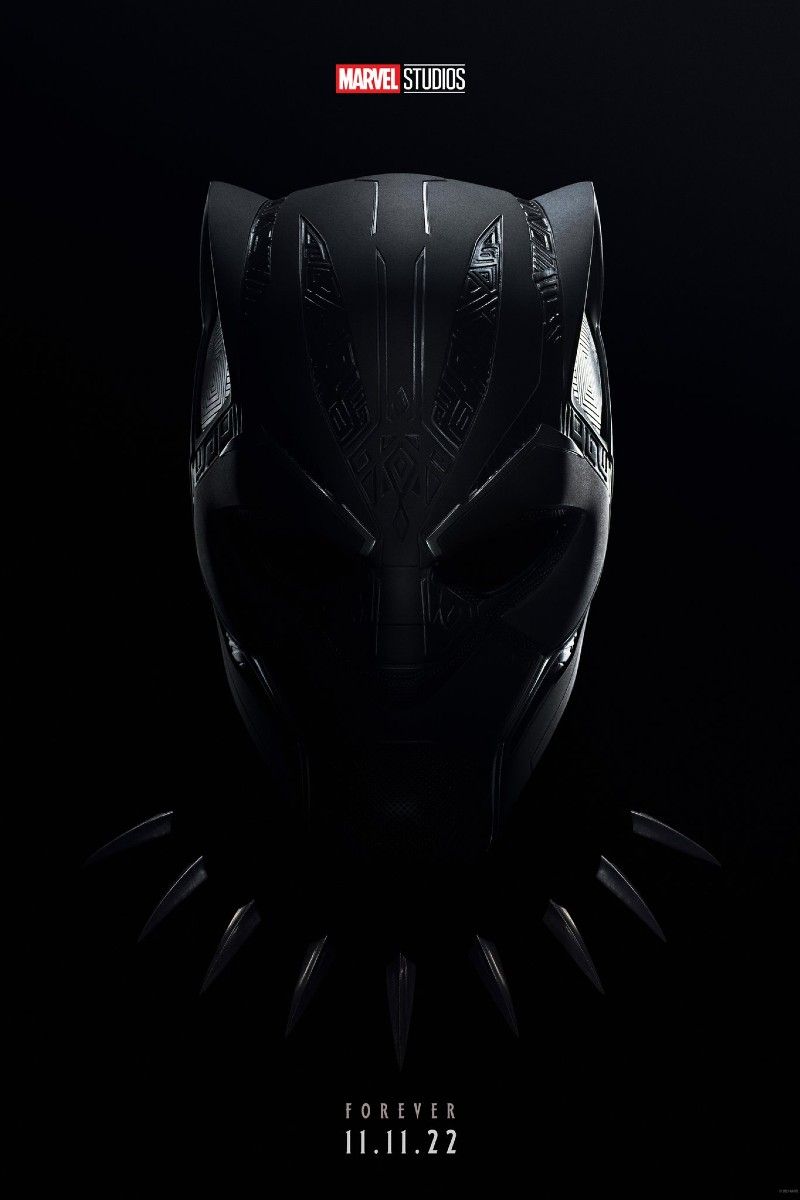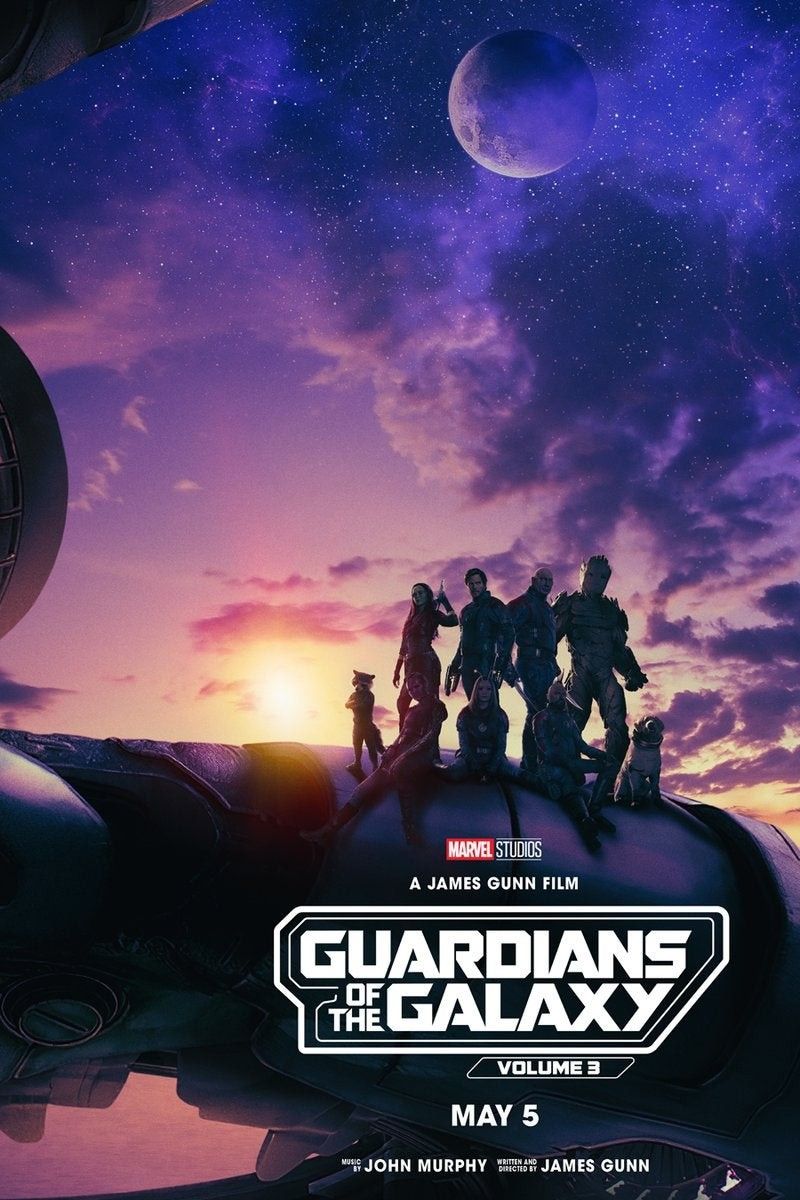Warning: Contains SPOILERS for Shang-Chi and the Legend of the Ten Rings.
Here's how Shang-Chi & the Legend of the Ten Rings fits into the wider MCU Multiverse. Initially set up by the Thor films, the Multiverse has become central to the MCU Phase 4. The first few Disney+ TV shows have largely focused on it, with WandaVision setting Scarlet Witch up for a Multiversal role, Loki unleashing the Multiverse proper, and Marvel's What If...? exploring a range of alternate timelines. Shang-Chi & the Legend of the Ten Rings isn't obviously part of that story - but it still features wormholes through space and time to an entirely different universe, so it definitely fits in thematically, even if the MCU hasn't yet revealed how it fits in directly.
The core problem is that the MCU has continually redefined what it means by the Multiverse, and the rules of temporal mechanics that govern it are becoming increasingly confused. A few years ago, Doctor Strange director Scott Derrickson shared a tweet suggesting his interpretation of the Multiverse was drawn from Doctor Strange: Sorcerer Supreme #21, which contained a feature by Roy Thomas, R.J.M. Lofficier, and Lee Weeks explaining the comic book Multiverse. This envisioned Earth at the center of an infinite sea of possibility; the alternate timelines explored in Loki are really just a swim-stroke away from the center, but the further away you go, the more the laws of nature change, and there are even pocket dimensions like Odin's Asgard and Mephisto's Hell.
Shang-Chi introduced the mystical realm of Ta Lo, and this appears to fit with the wider interpretation of the Multiverse seen in Doctor Strange and promoted by Derrickson. Indeed, in the comics, Ta Lo - which has only appeared once in the comics, and has been detailed more in handbooks than in the comics themselves - is a pocket dimension that exists alongside Earth, almost inaccessible but still attached to this plane of existence in some way. Shang-Chi appears to go one step further than the comics, though, with dialogue suggesting it is an entirely separate universe. The portal between Earth and Ta Lo was stylistically reminiscent of a wormhole, which could conceivably tunnel from Earth to higher dimensions.
Ta Lo is populated by magical creatures that, in the MCU, appear to be taken from Chinese mythology; for example, Trevor Slattery's beloved Morris is a Hundun, or Dijiang, a creature that embodies chaos and disorder in Chinese legends. Though he doesn't have any explicit dialogue, Trevor's translations suggest an intelligent creature, and it is surely no coincidence that - like the legend that inspired him - Morris was drawn to a man who embodies chaos. The presence of creatures from Chinese myth and legend perhaps hints that travel between Ta Lo and Earth was once more common, just as the Asgardians interacted with the Vikings and inspired Norse legends.
The nature of Ta Lo becomes subtly important in Shang-Chi's mid-credits scene, which reveals the Ten Rings sent a mysterious signal at the moment Shang-Chi took ownership of them. The purpose of this signal remains a mystery right now, presumably serving as a setup for the inevitable sequel, but the scale of it is remarkable given it could be detected in Kamar-Taj on Earth - suggesting it was transmitted throughout the entire Multiverse. That presumably means the sequel to Shang-Chi and the Legend of the Ten Rings will dive deep into this concept of the Multiverse.








